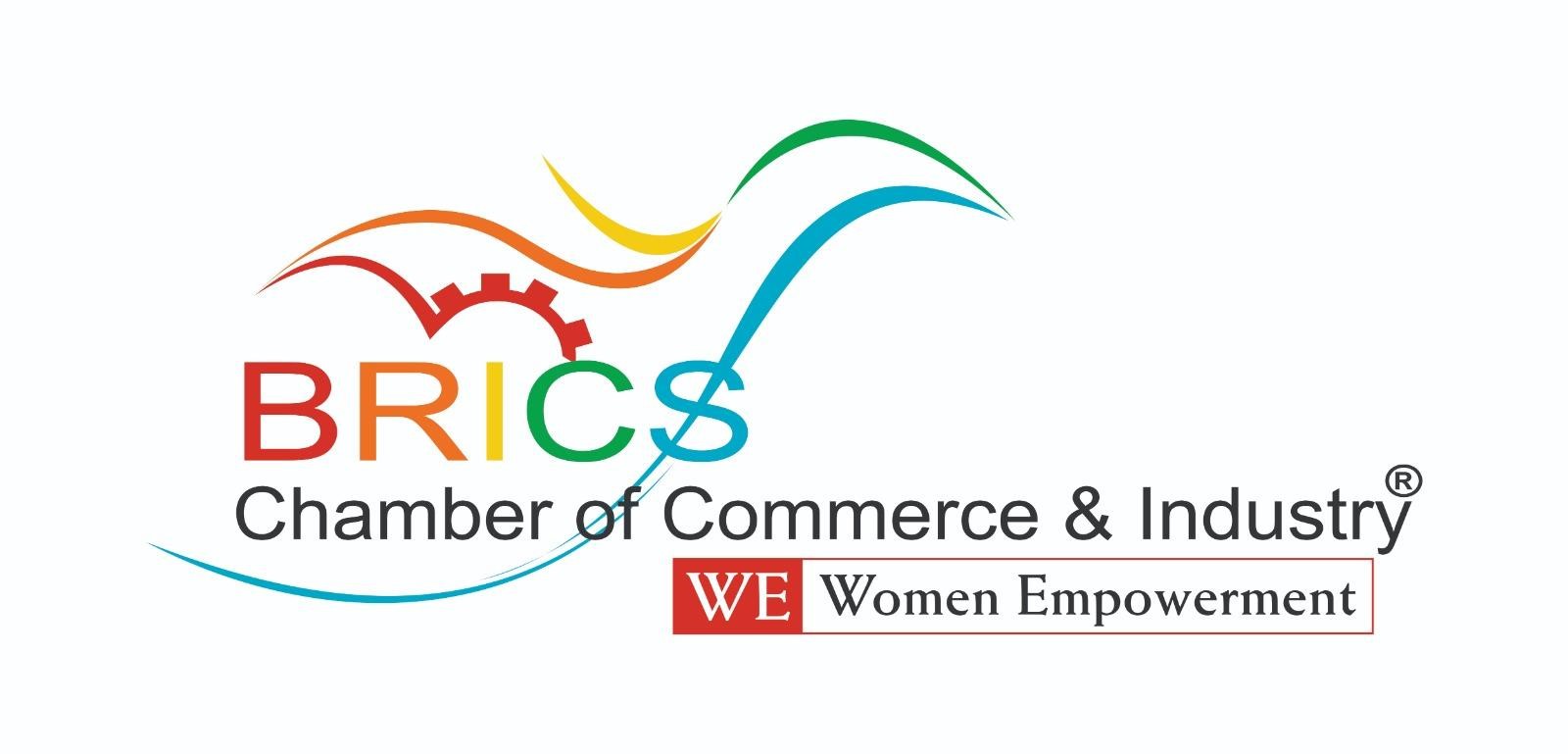[ad_1]
Organized by German luxury carmaker BMW, the two-day event, called Joytown, was promoted as India’s first ever music and driving festival. Over the course of the weekend, more than 10,000 visitors saw a line-up of BMW products, including the cars from its sub brand Mini and superbikes from Motorrad.

View Full Image
“It is a mega event that is focused not on products but on better engagement with our customers. The response has been such that we wish to make it an annual gig,” said Vikram Pawah, president and CEO, BMW Group India. “It is purely a ticketed event. Then, within the event, there are zones for our existing or prospective customers.”
A month later, the company repeated the event in Mumbai with a different theme and new products. And in the last weekend of January, BMW will host a similar event in Bengaluru.
All of this came at a cost, though. For the second straight edition, BMW gave a miss to the biennial Indian Auto Expo—the motor show concluded on Wednesday.
“We make the decision (to participate or not) on a case-by-case basis. With our own events like Joytown, there was no added benefit for us to be at the expo this year,” Pawah said. “It is not because of money but the qualitative aspect of it. It is about being focused and not mass reach for us.”
BMW wasn’t the only major company to skip the expo. Once touted as the biggest automotive show on the globe, the expo is facing an existential crisis and the list of absentees this year was particularly long. Pushed back by a year due to the pandemic, the 16th edition of the expo saw a no-show by almost the entire domestic two-wheeler industry, besides luxury car makers.
Players in the passenger vehicle industry have routinely given the expo a miss but a big shocker this year was desi favorite Mahindra and Mahindra joining the likes of the entire Volkswagen group (VW, Skoda and Audi), Honda, Renault-Nissan and Stellantis (Jeep and Citroen), in watching the show from the sidelines.
Even the fast-emerging electric vehicle industry, which was expected to make up for some of the abstentions, did not really join the party. Though the show saw the debut of more than a dozen companies—mostly electric two-wheeler startups— the big guns like Ola Electric, Ather Energy, Hero Electric or Okinawa chose to sit out.
What explains the growing non interest from the industry? The absentee parties complain of high cost and of not getting enough bang for their buck. Like BMW, most of them are curating events of their own, focused on their target audience.
It is not a problem that is peculiar to India—expos around the world are struggling. The Detroit Motor Show in the US, in September 2022, was a pale shadow of its glorious past as only three major automakers showed up. The Paris Motor Show, the following month, was also suitably slimmed down. The Geneva Motor Show has been cancelled this year for the fourth year in a row, while the Frankfurt Motor Show rode into the sunset even before the pandemic in 2019.
All this begs the question: is the old format of on-ground exhibitions obsolete in today’s social media fuelled age of instant gratification? If so, is there a way for the expo in India to change and make itself more relevant?
Law of diminishing returns
Participating in any global automotive exhibition is costly. The average rack rate per square metre of space for the Indian expo is around ₹9,000. A large pavilion, of over 4,000 square metre, would cost ₹3.6 crore. In the pre-pandemic era, this compared favourably with Paris, Frankfurt and Geneva, while Tokyo and Shanghai were a tad more expensive.
But space rental is only a fraction of the cost. Effectively, companies end up spending anywhere between ₹10 crore and ₹30 crore for the week-long event—on concept vehicles, manpower, logistics, shows. For companies that are not very profitable or do not have an exciting array of vehicles to show, it may not make sense to participate.
“The money an automaker spends in the auto expo could be used in a nation-wide consumer connect programme, which might give better dividends in the long run. At a time when the market has yet to recover to 2018 levels, participating in the show could be deemed as an unnecessary expenditure,” said Avik Chattopadhyay, co-founder, Expereal, a brand strategy consultancy firm.
“The main deliverables are to get coverage and quality crowds. The change in location and lacklustre show has resulted in growing disinterest. It is failing to deliver the audience and when it fails to deliver the return on investment (ROI), the appeal drops,” said Ravi Bhatia, president, JATO Dynamics India, an automotive market research company.
Numbers suggest footfalls have fallen by 20% since the expo moved away from Pragati Maidan to Greater Noida—in 2014. From the peak of 2010, footfalls are down by a third (see table). But that is only one part of the story. There are other reasons why company executives are restive.
“This year’s auto expo has to be the most depressing in my three-decade memory…most brands are showing ‘pie in the sky products’. Price not known; date of launch not known; fancy fuels with fuelling infrastructure not known. All that is missing is a brand showing a flying car,” ranted a senior executive in an industry WhatsApp group.
“Organization at the auto expo is as chaotic as ever with not an iota of improvement. This time, there isn’t even a guide map showing which hall has which brand’s display,” he added.
The continued absence of luxury carmakers, by far the biggest draw in any exhibition, is an ominous sign. Market leader Mercedes Benz contemplated pulling out in 2020 before deciding to stay put. This time, it opted out.
The organizers of the show—the Society of Indian Automobile Manufacturers (SIAM) and the Confederation of Indian Industry (CII)—knew luxury carmakers were getting restive. Yet, they didn’t do enough to ensure their participation, people in the know said.
“There is a divergence in the profile of buyers (for mass and luxury cars) and mixing them hurts the brands that target ultra-high-net-worth individuals. Clearly, they are finding that a targeted event delivers better ROI,” said Bhatia of JATO.
‘Don’t write us off’
It’s 3 p.m. on Saturday, 14 January, the first day of the weekend at the auto expo in Greater Noida. The place buzzes with crowd at almost every pavilion. The show for the day will end in five hours but already, the 10,000-capacity car park for general visitors is full.
Rajesh Menon, the director general of SIAM, is in his camp office at the venue. He is neither flustered nor gloating. Instead, he is livid at the media for prematurely writing off the event.
“You guys don’t give us enough credit,” he complained to journalists meeting him. “The expo had to be deferred by a year and even then, there was a shadow of the pandemic (the rise in cases in China in December 2022). But even before the event got underway, you wrote us off.”
He brushed off talk of the absentees and pointed to the positives—the increase in the overall number of participants (original equipment manufacturers), from 31 in 2020 to 48 this time—and the encouraging footfalls. His main grouse? The narrative should also include the voice of companies that are regulars and remain committed to the show. To be sure, motor shows last year in Europe and the US seemingly fared worse with companies from either continent not participating in each other’s exhibitions.
“Companies take the call on a variety of factors. Some may have organized events of their own during the year; others may not have an exciting line-up to showcase at this time. And then, a few may have been discouraged by their headquarters. They are all our members and this is their show,” he reasoned.
“In the past, too, there were companies that skipped editions only to return in the following years. This year, Ashok Leyland and Toyota have made a comeback. We will do whatever it takes to get the others back in future,” he assured journalists.
Ideas for tomorrow
The question is what can the organizers do to reinvent the show, and make it glamorous yet again.
Many feel there is a need for the motor show to transcend the traditional format and evolve into a technology platform—something like the Consumer Electronics Show (CES) in Las Vegas.
Global technology giants like Google, Apple, IBM, Microsoft and Amazon have, over the years, increased their presence in the automotive industry. This has seen connected and autonomous technologies take up larger space at the CES.
At this year’s CES, which concluded earlier in January, Sony Honda Mobility, a newly-formed joint venture between Japanese firms Sony and Honda, unveiled a new line-up of concept electric cars called Afeela, which has 45 sensors and cameras placed inside and outside the car to detect obstacles and track the driver’s well-being. Even traditional automakers find CES relevant. BMW showcased a concept car called the I-Vision Dee, which can change its body colour on the go.
India doesn’t have a show of the same kind and with active participation of pure play tech firms, the motor show can morph into a jazzier avatar.
“The expo needs to fall in line with global shows such as the CES, which has a heavy dose of technology along with vehicles. Otherwise, things may get difficult,” warned Unsoo Kim, MD & CEO, Hyundai Motor India Ltd.
Second, a shift in venue may work. The current venue, in Greater Noida, is nearly 40 km away from Delhi. Industry watchers said the choice of venue is directly linked to the quality of visitors the show will attract, going ahead. Anecdotal evidence suggests not enough prospective buyers are queuing up for the show any longer. It is one of the main reasons why luxury carmakers, for example, see no merit in participating in the show today.
“We are not bound to host the show here for perpetuity. Pragati Maidan has been redeveloped and if they can give me 100,000 square metres of space, we will be happy to go there,” Menon said.
“We can consider Dwarka (a 221-acre convention and expo centre is under construction), too, if it is ready and meets our requirements by 2025. I am open to incorporating any number of changes to not just keep the expo relevant but make it bigger than ever before.”
Some automakers would also like a show in multiple cities. Every major Indian city has high-net-worth individuals. According to the IIFL Wealth Hurun India Rich List 2022, Mumbai is the preferred city for India’s biggest wealth creators, followed by New Delhi and Bengaluru.
“You keep on doing something for a certain duration and there will be a phase of diminishing returns. You need to evolve and make it different as you go along,” said Pawah of BMW. “Many thoughts can go into making the expo relevant for customers—maybe look at different formats or cities. Try something new.”
It sounds like a tall order but by 2025, if the Indian Auto Expo can successfully reinvent itself, motor shows around the world may perhaps get a template to emulate.
Download The Mint News App to get Daily Market Updates & Live Business News.
[ad_2]
Source link








